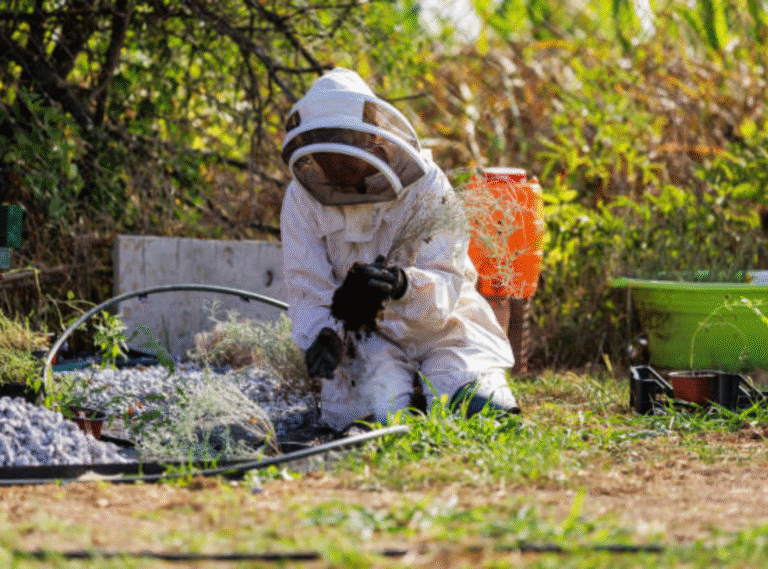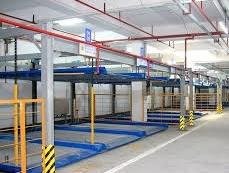In recent years, our buying habits have come under scrutiny. More people are questioning where their clothes come from, how they’re made, and what their true cost is. The growing conversation around Slow Fashion vs Fast Fashion reflects a shift in consumer awareness—and with good reason. As our wardrobes expand, so does the impact of our choices on people and the planet. But with both sides offering their own sets of benefits and drawbacks, which one truly deserves your support?
What Is Fast Fashion?
Fast fashion refers to clothing brands that rapidly produce trendy, low-cost items to keep up with constantly changing styles. Think of major retailers like Zara, H&M, and Shein. Their goal is to get designs from the runway to store shelves as quickly and cheaply as possible.
This approach is appealing for budget-conscious shoppers and style enthusiasts. Who wouldn’t want a fresh new look every week at prices that seem too good to be true?
But the downside is significant. Fast fashion contributes heavily to textile waste, pollution, and unethical labor practices. Workers, often in underdeveloped countries, are paid low wages and operate in unsafe conditions to meet intense production demands. The industry also generates vast amounts of carbon emissions, dyes rivers with chemicals, and produces clothing that often falls apart after a few wears.
What Is Slow Fashion?
On the other side of the spectrum, slow fashion emphasizes quality over quantity. It promotes sustainability, fair labor, and mindful consumption. Rather than chasing trends, slow fashion encourages you to build a timeless, durable wardrobe with pieces designed to last.
Slow fashion brands use eco-friendly materials like organic cotton, hemp, and recycled fibers. They focus on craftsmanship, ethical production, and transparency. Some even offer repair services or take-back programs to extend the life of garments.
This movement isn’t just about buying differently—it’s about thinking differently. It asks us to value our clothes more and treat fashion as an investment rather than a disposable commodity.
The Environmental Cost
The fashion industry is one of the largest polluters globally. It’s responsible for about 10% of global carbon emissions—more than international flights and maritime shipping combined. Fast fashion accelerates this by encouraging overproduction and overconsumption.
Slow fashion, on the other hand, minimizes waste. Many slow fashion brands produce in small batches or use made-to-order models to avoid excess inventory. They prioritize natural dyes, biodegradable materials, and sustainable practices that reduce their environmental footprint.
In short, supporting slow fashion is a meaningful way to lower your carbon impact and help combat climate change.
Ethical Considerations
Behind every garment is a human being. Fast fashion’s low prices come at a high cost to workers, many of whom labor under exploitative conditions without fair wages, benefits, or safe environments.
In contrast, slow fashion supports fair trade, pays living wages, and often involves direct partnerships with artisans and small communities. These brands strive to empower their workers and respect their rights, offering better lives and dignified work.
When you buy from slow fashion labels, you’re not just purchasing clothing—you’re voting for a better, fairer world.
Price vs. Value
Fast fashion’s biggest advantage is affordability. For many, it provides access to stylish clothing that fits within tight budgets. But what’s the true cost of a $5 t-shirt?
Cheap clothes often mean cheap labor, cheap materials, and a short lifespan. Over time, constantly replacing worn-out items can actually cost you more than investing in a few high-quality pieces.
Slow fashion may have a higher upfront price, but it offers greater value in the long run. Quality materials, superior construction, and timeless design ensure your clothes last for years—not just weeks.
The Psychological Impact
Fast fashion encourages impulsive shopping and trend-chasing, which can lead to buyer’s remorse, clutter, and dissatisfaction. It’s a cycle that thrives on novelty, not fulfillment.
Slow fashion invites intentionality. It encourages you to slow down, discover your personal style, and find joy in thoughtful choices. You build a wardrobe that reflects who you are—not just what’s trending on social media.
Many people who shift to slow fashion report feeling more content, confident, and connected to their clothing. It’s a lifestyle that prioritizes purpose over pressure.
How to Make the Shift
You don’t need to toss out your wardrobe or spend a fortune to support slow fashion. Start small. Here are a few easy steps:
-
Buy less, choose well: Focus on versatile, high-quality pieces you truly love.
-
Shop secondhand: Thrift stores, vintage shops, and resale platforms are great ways to extend the life of clothes.
-
Support ethical brands: Look for certifications like Fair Trade, GOTS (Global Organic Textile Standard), or B Corp.
-
Care for your clothes: Wash less often, air dry, and repair instead of replacing.
-
Educate yourself: Learn more about where your clothes come from and who makes them.
Every small change adds up. And the more we demand transparency and sustainability, the more brands will be forced to respond.
Which One Should You Support?
Choosing between Slow Fashion vs Fast Fashion ultimately comes down to your values, resources, and lifestyle. Fast fashion offers convenience and affordability, but at a steep ethical and environmental cost. Slow fashion, while less accessible in some cases, provides a more responsible and rewarding path. If you can, supporting slow fashion is a powerful way to align your wardrobe with your principles. You may spend a bit more upfront, but you’ll gain clothes that last longer, feel better, and do good in the world. Even if you’re not ready to go all-in, every mindful purchase counts. The future of fashion is not just about what we wear—it’s about how we choose to live.

